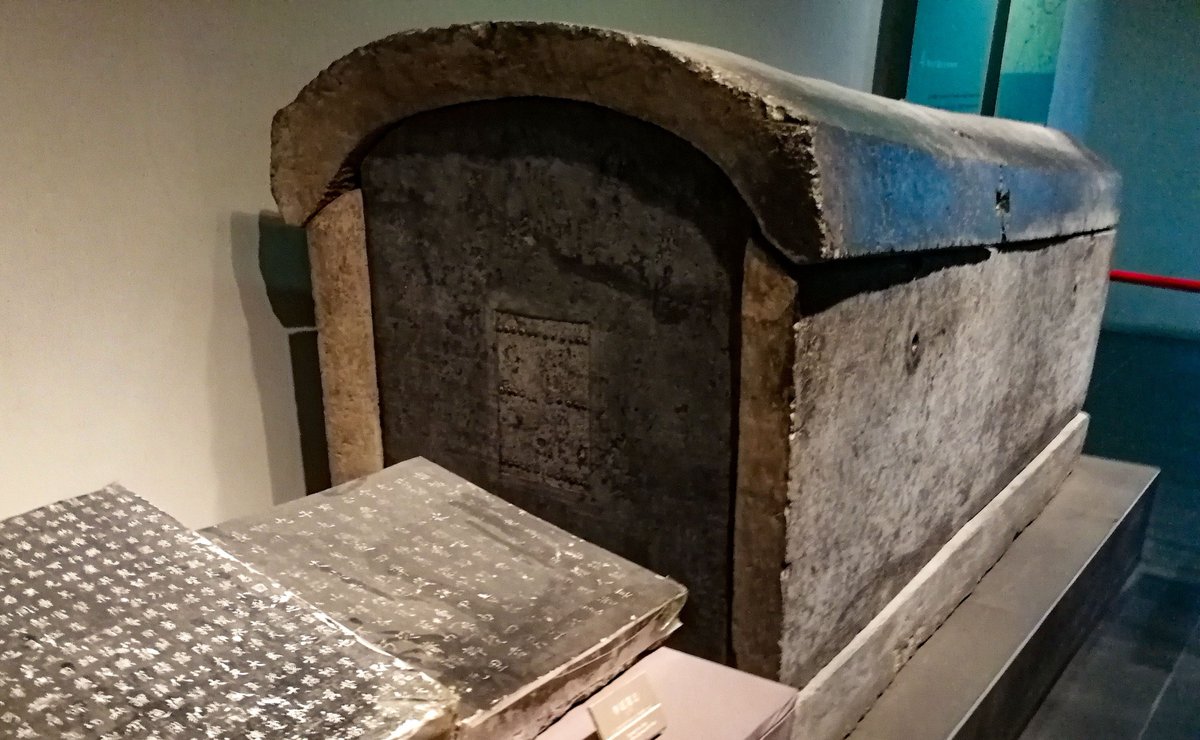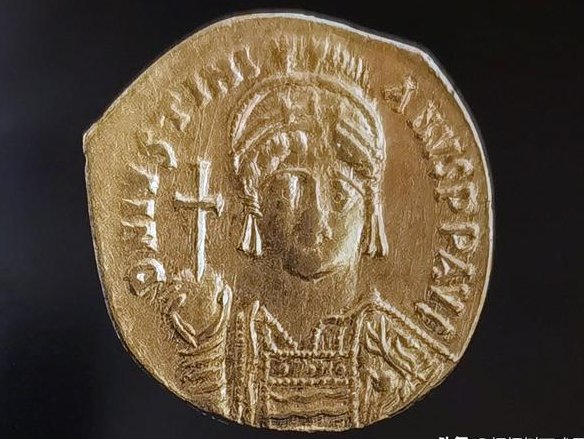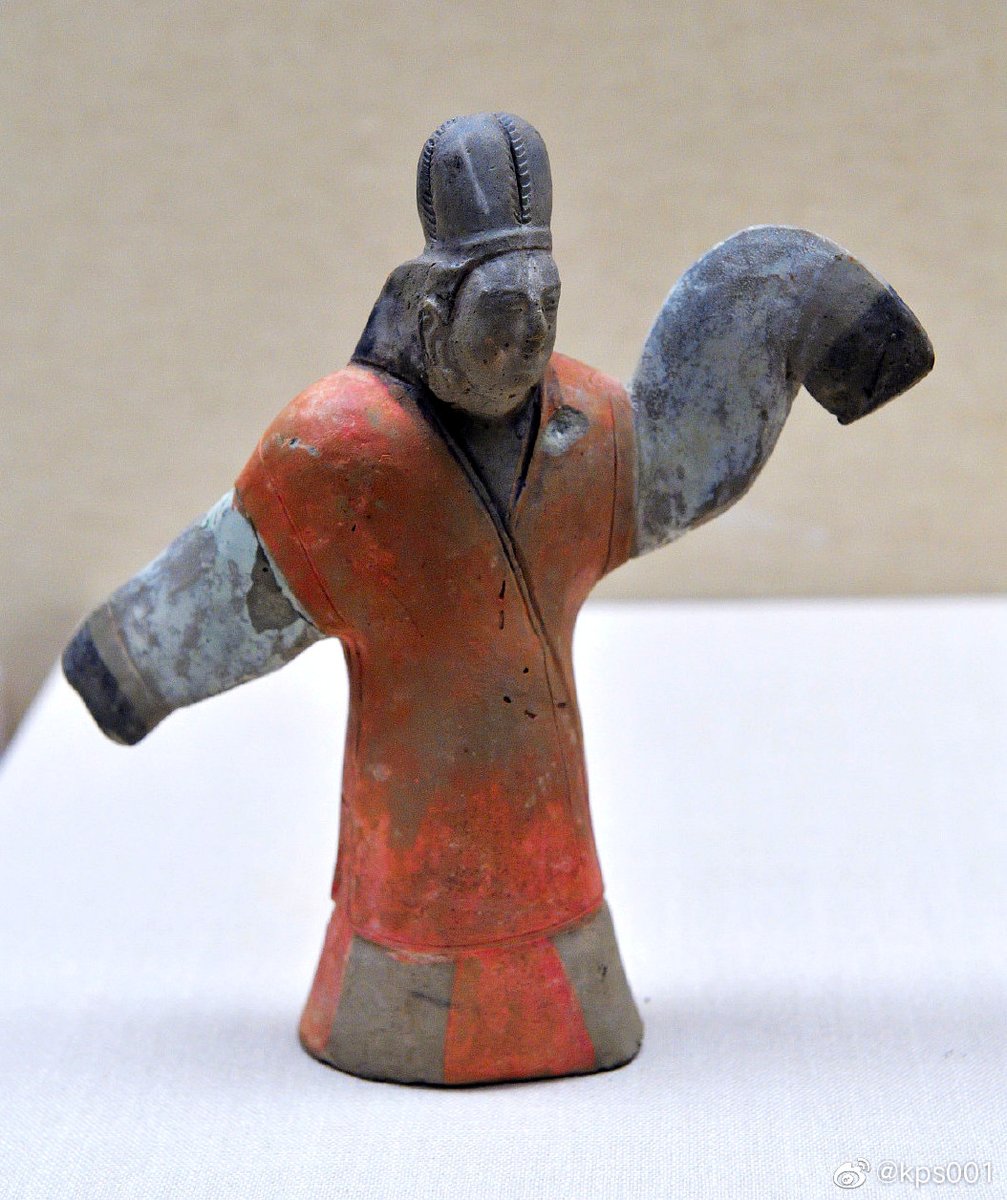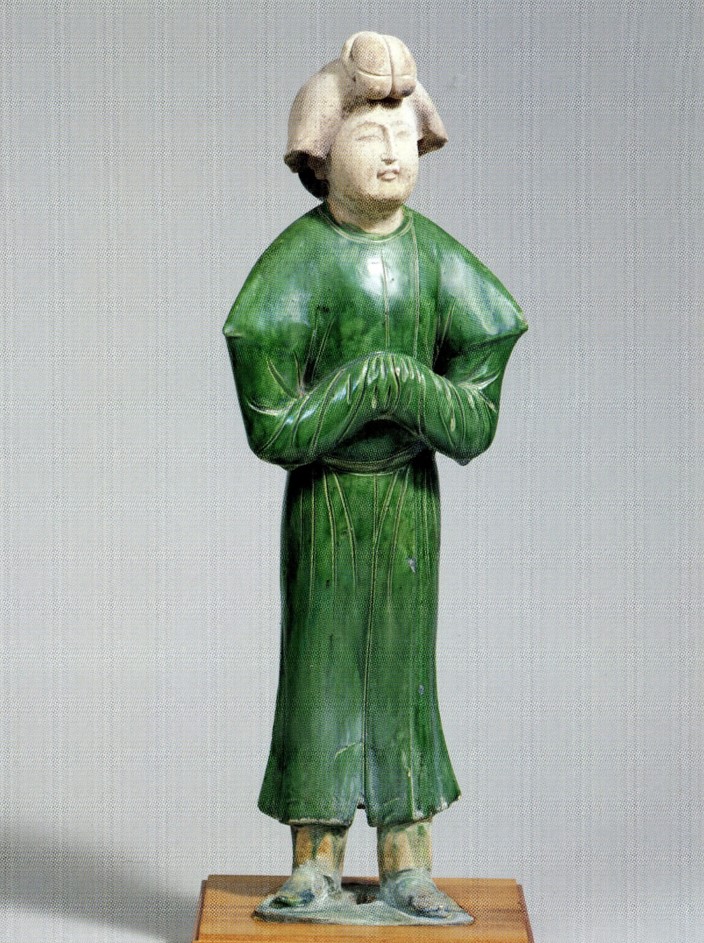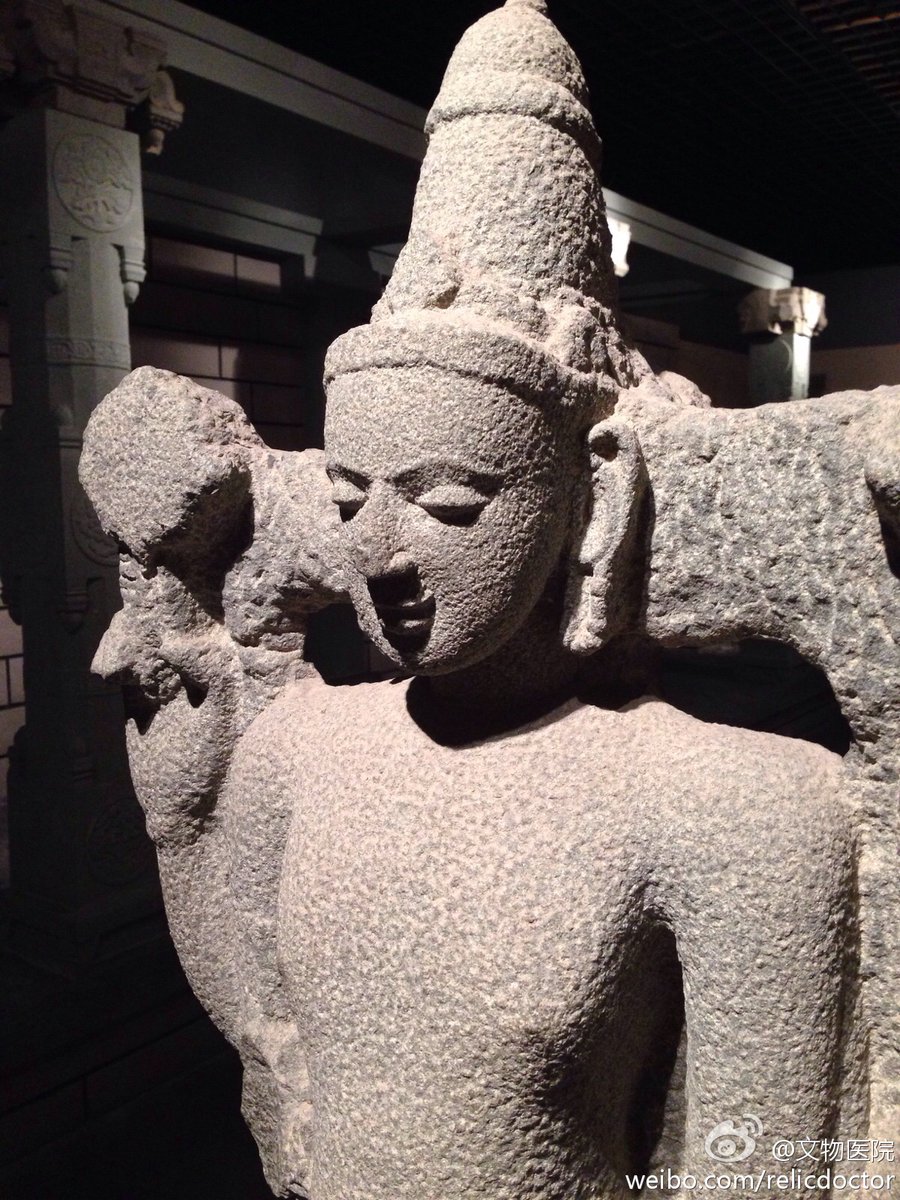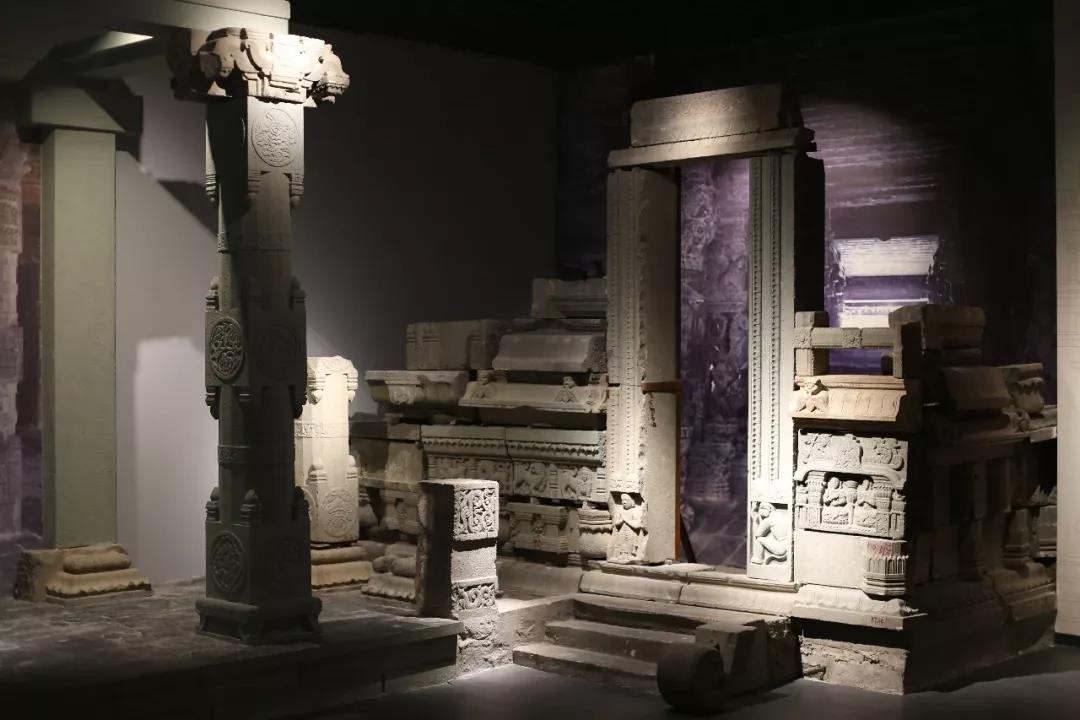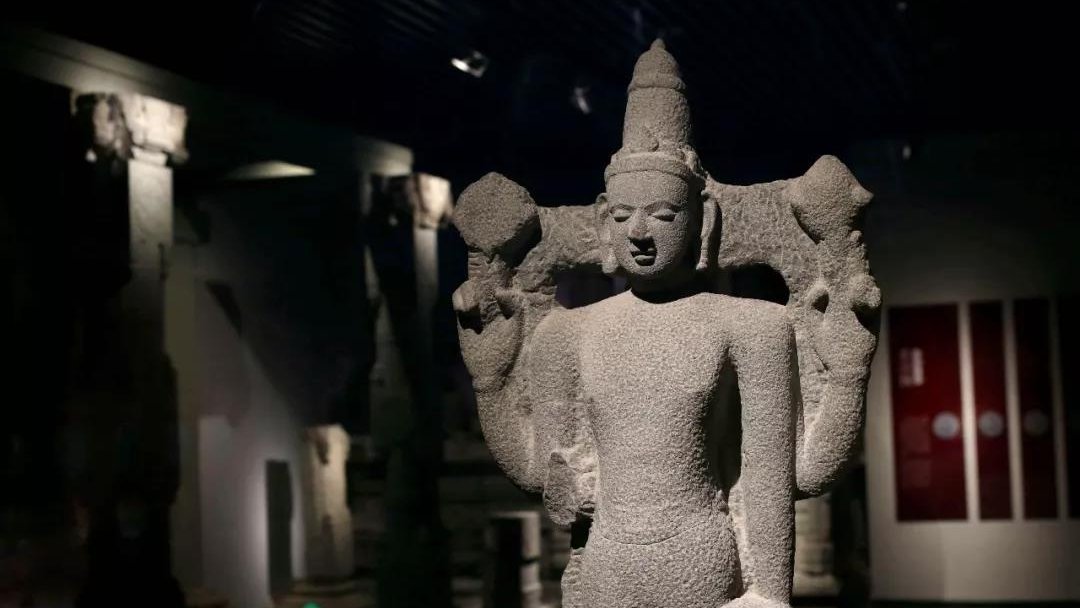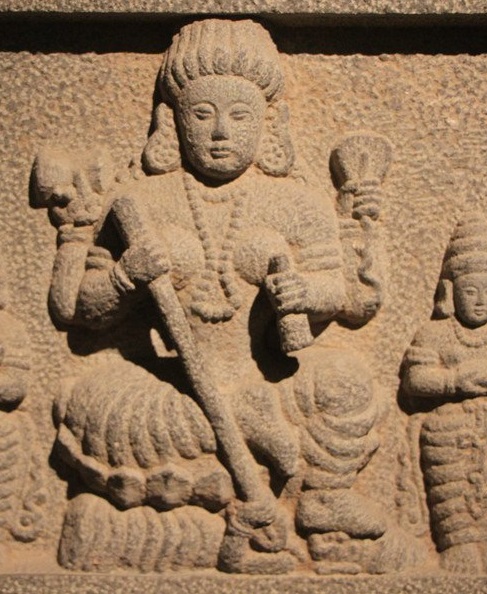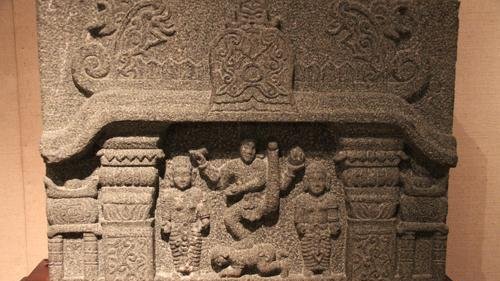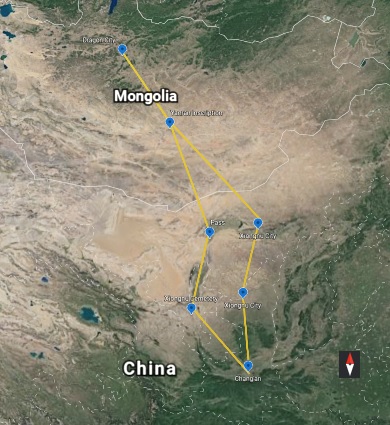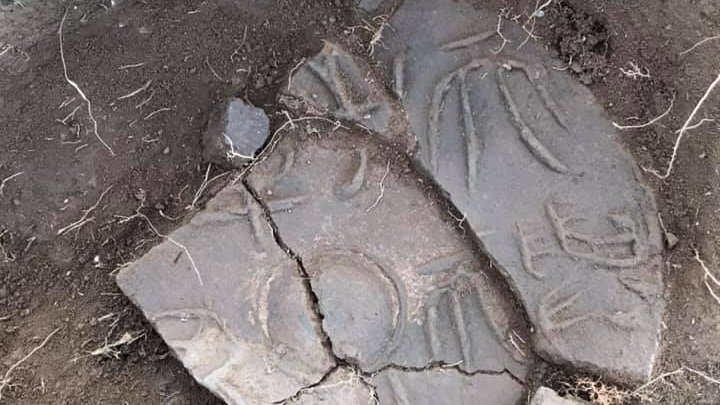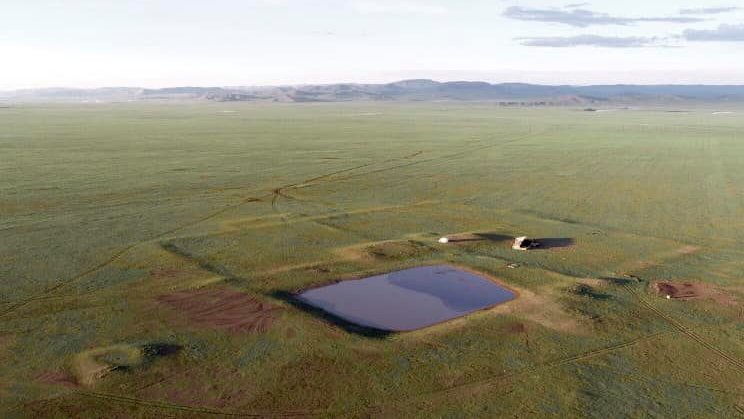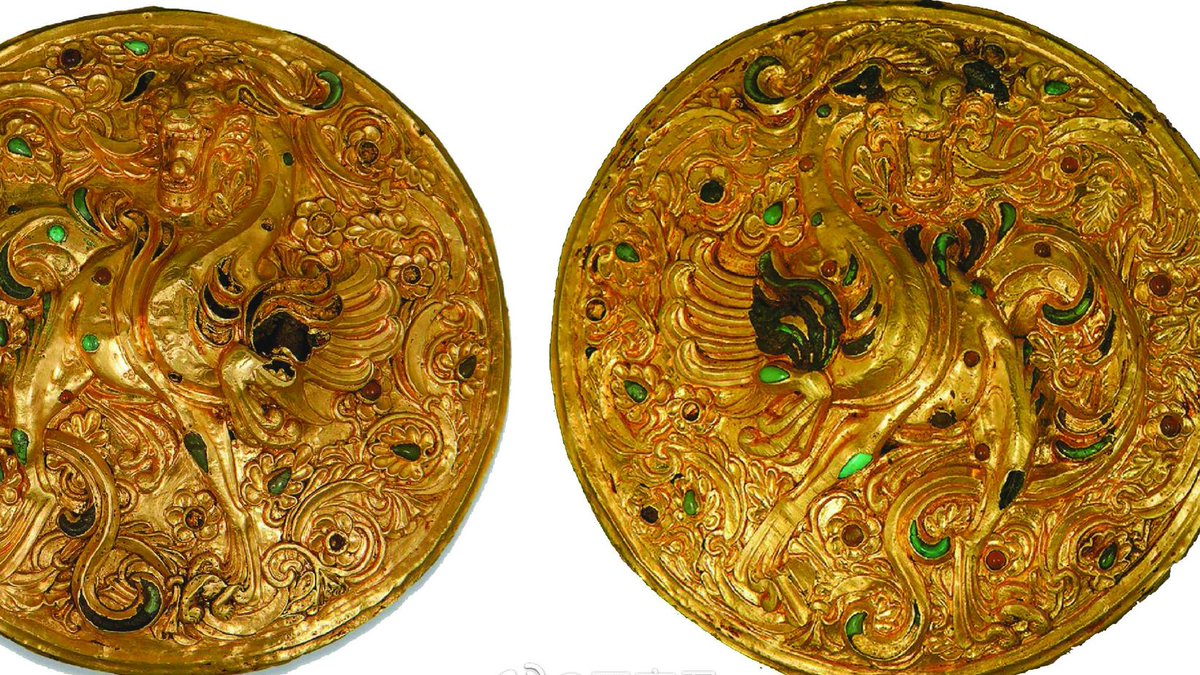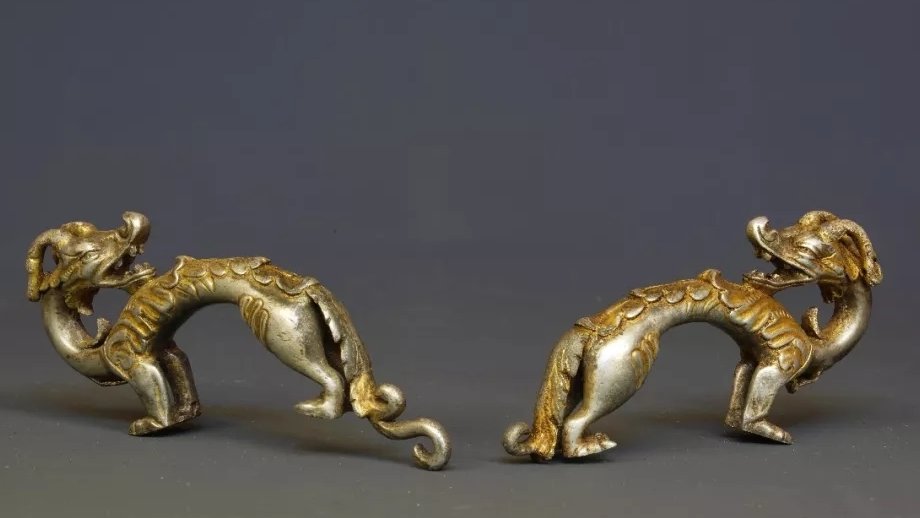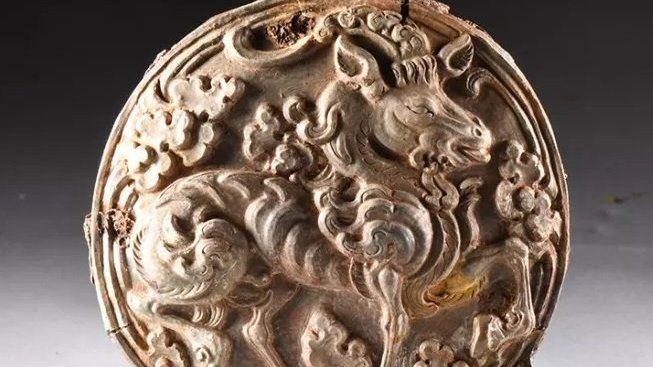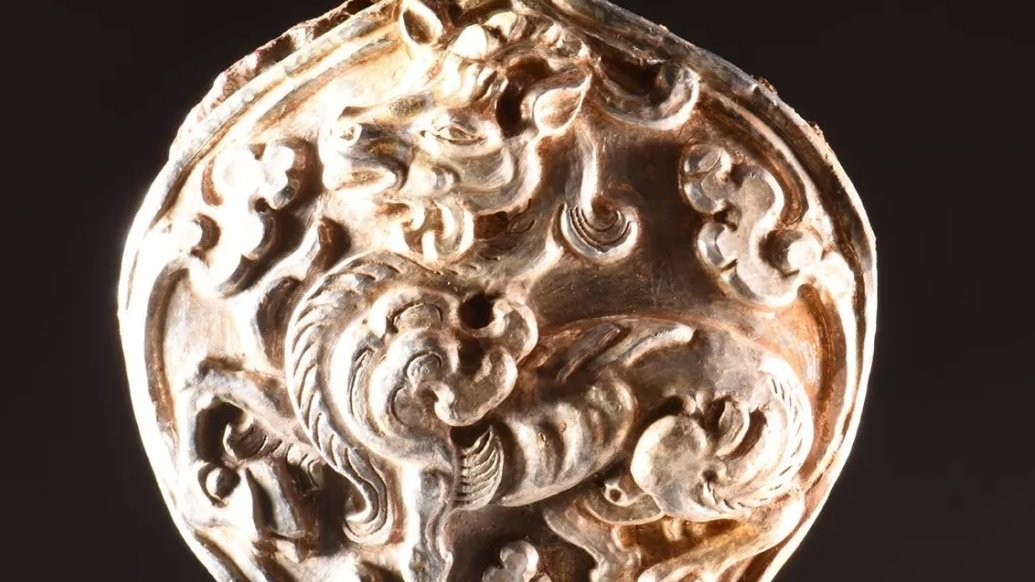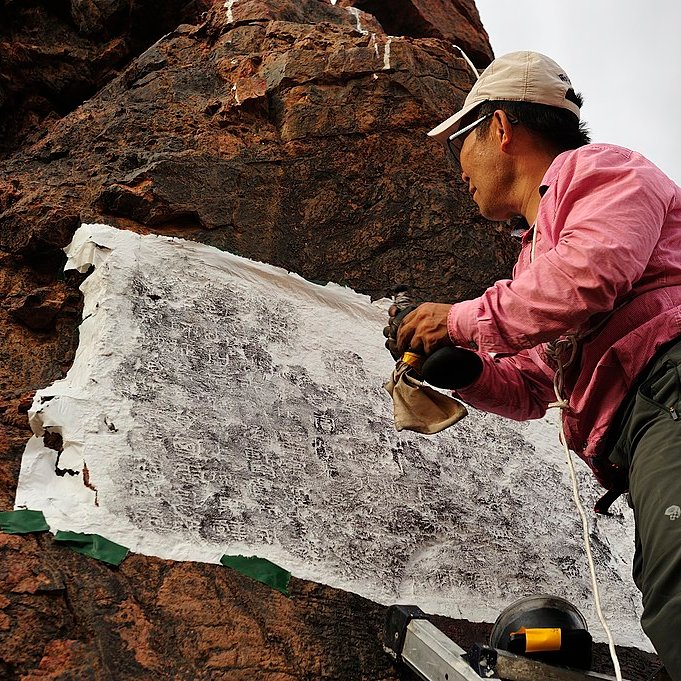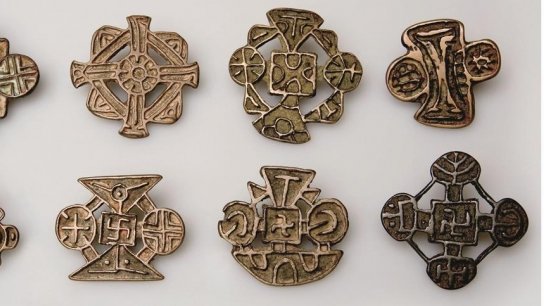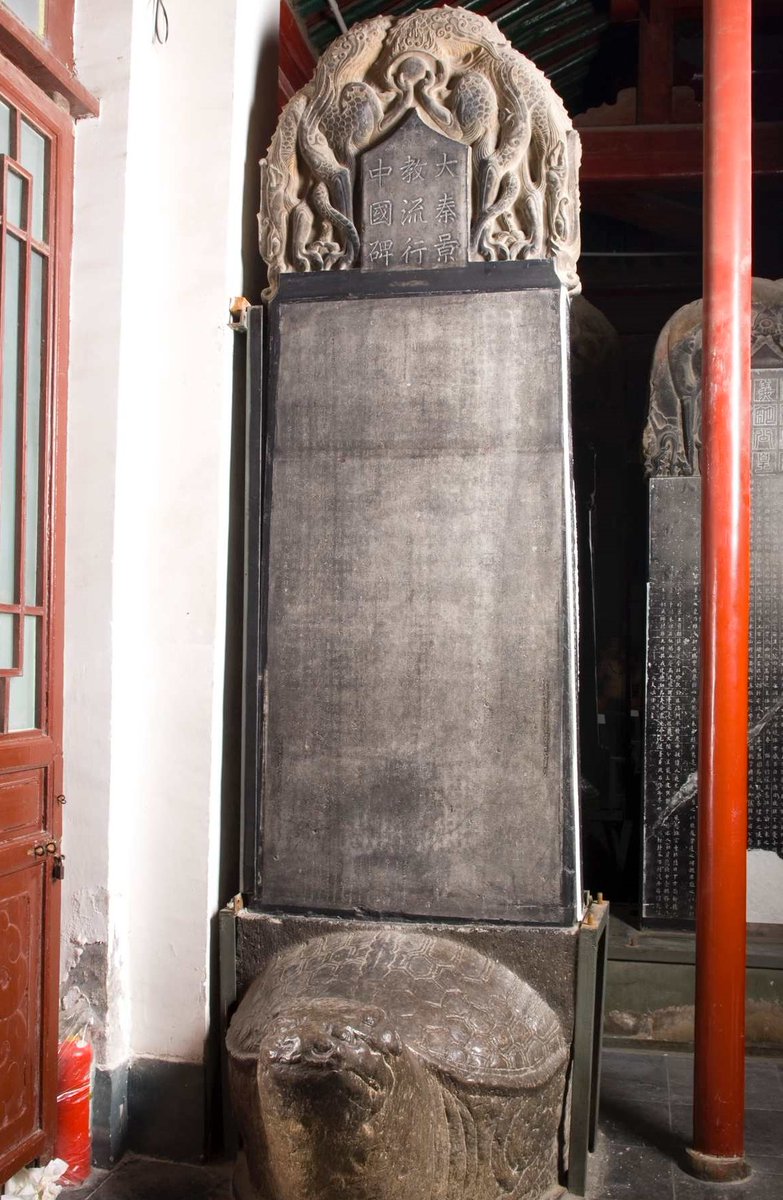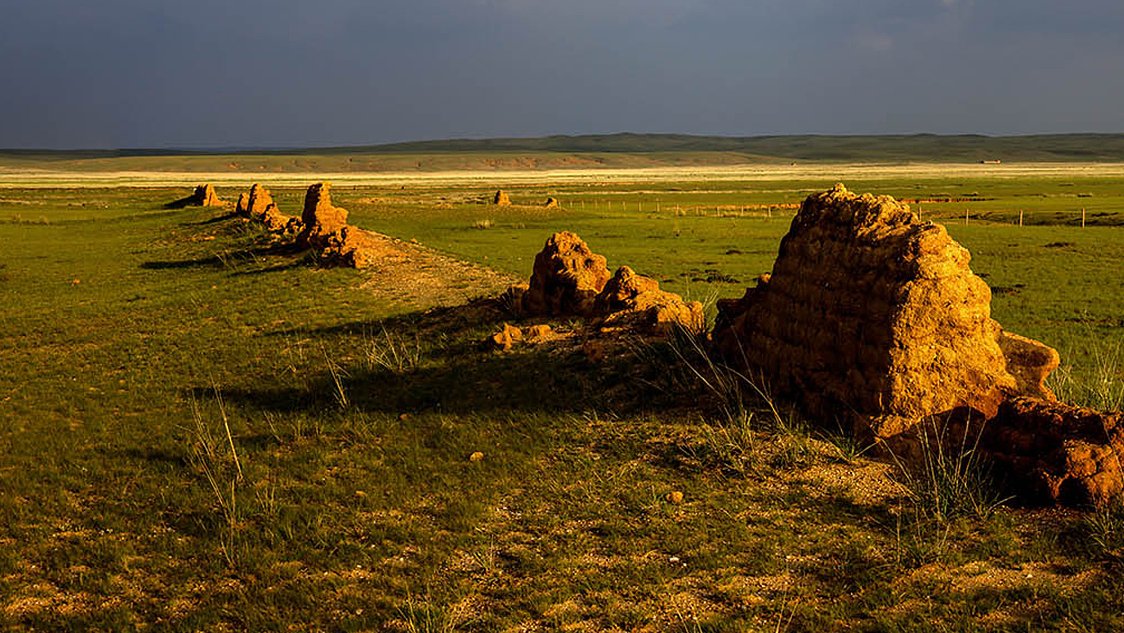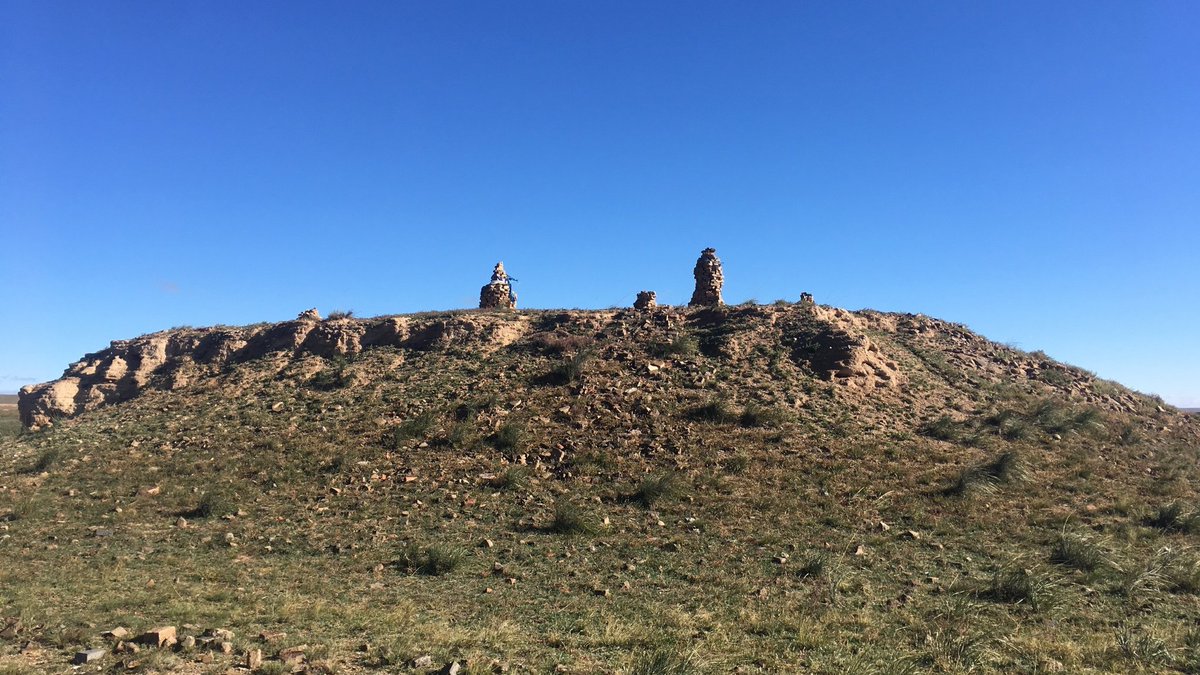Fragments of stone carvings scattered around at the burial site of the founding fathers of Tangut Kingdom - like a crime scene, barely disturbed since the destruction of the site by Mongols in 1227 as a punishment of the Tangut resistance, which caused the death of Genghis Khan. 





A recently opened museum by the site shows a large number of objects, most for the 1st time, recovered from the imperial cemetery of Tangut Kingdom, a 2-century-long dynasty established in NW China by a people of Tibetan origin, its territory stretching from Ordos to Dunhuang. 





Most objects on view are building blocks & fragments of stone statues & tablets with memorial inscriptions in both Chinese & Tangut scripts, the latter being invented in the 11th c by order of the Tangut King as a measure to establish a distinct identity of the newly-born state. 



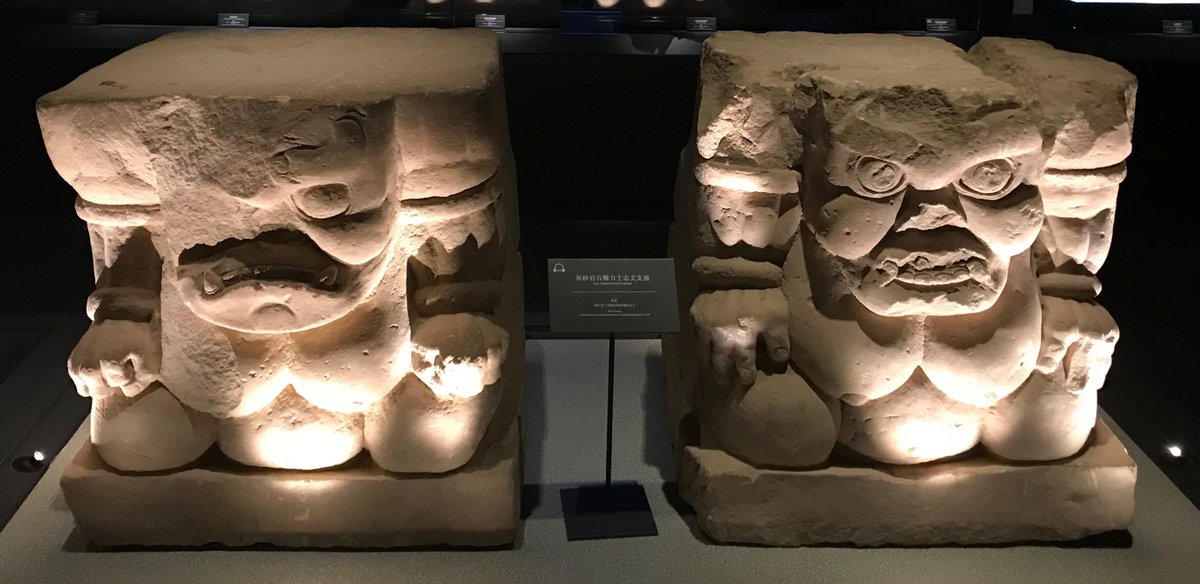

Complete pieces are nonexistent & grave goods are few, since the cemetery was razed to the ground by vengeful Mongols - stone tablets smashed into pieces, wooden structure set on fire, treasures buried in tombs looted. Then the site was forgotten for more than 700 years. 





I grew up in a town near the site. When I was a kid, it was scarcely protected & rarely visited. Some local villagers buried their parents by the imposing tomb mounds, wishing to benefit from the auspicious fengshui associated with the imperial mausoleum. I even camped there once 



Now the site is fully preserved; most modern structures were removed. It is also applying for UNESCO world heritage status, a recognition it well deserves. Last, a contrast of the site today & 25 years ago. L: me & my parents during summer vacation; R: me & my doctoral advisor😀 



The site and the museum are located in Yinchuan, Ningxia Hui Autonomous Region, China. To learn more about the language, culture, and arts of the Tangut Kingdom, follow Andrew West @BabelStone and Michelle McCoy @midge_mccoy.
• • •
Missing some Tweet in this thread? You can try to
force a refresh



